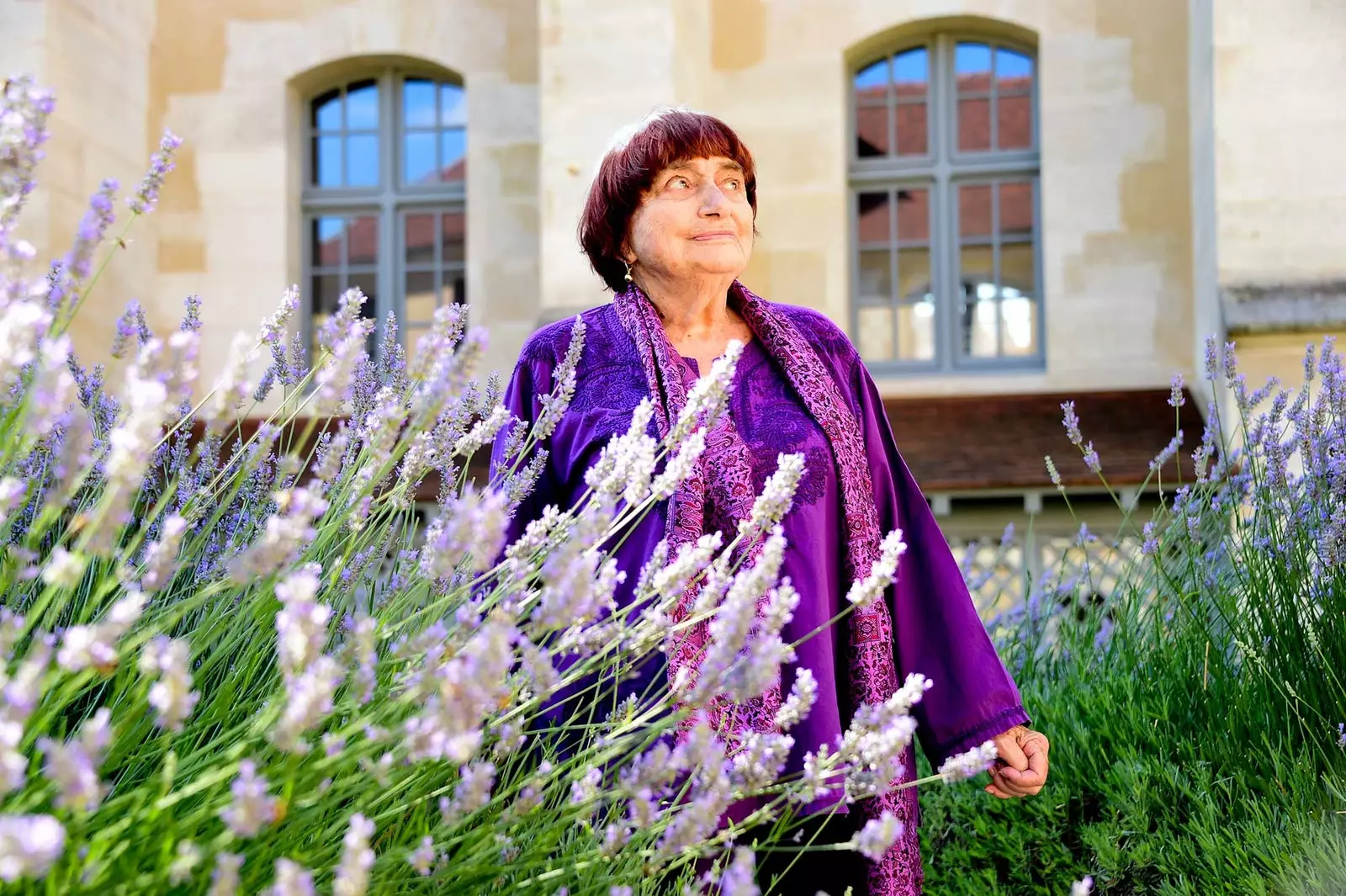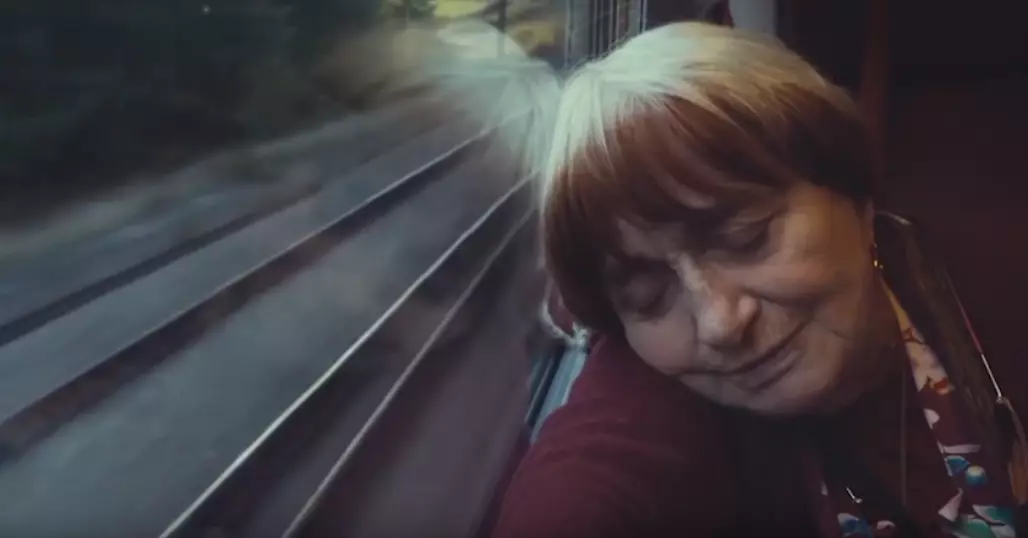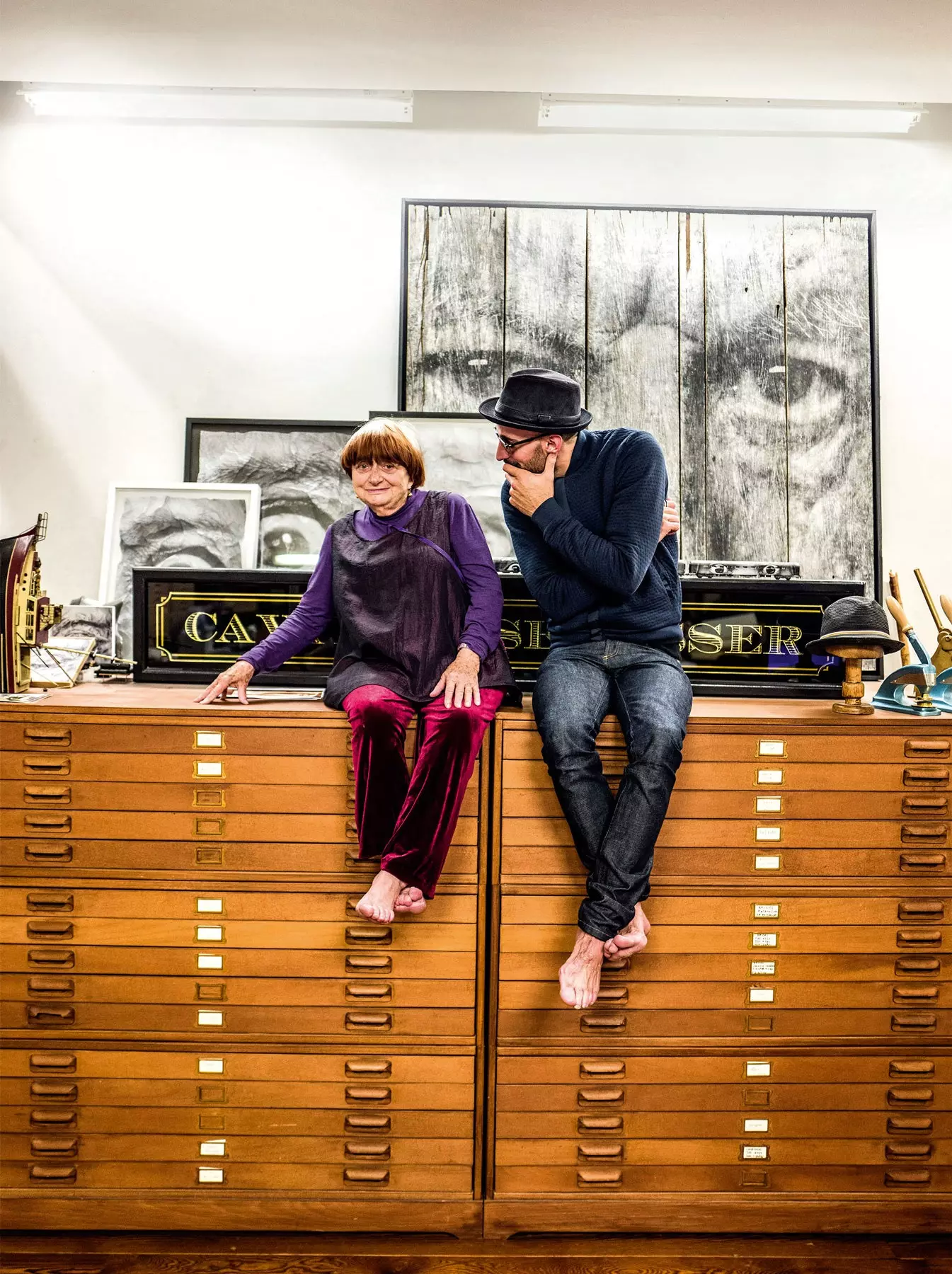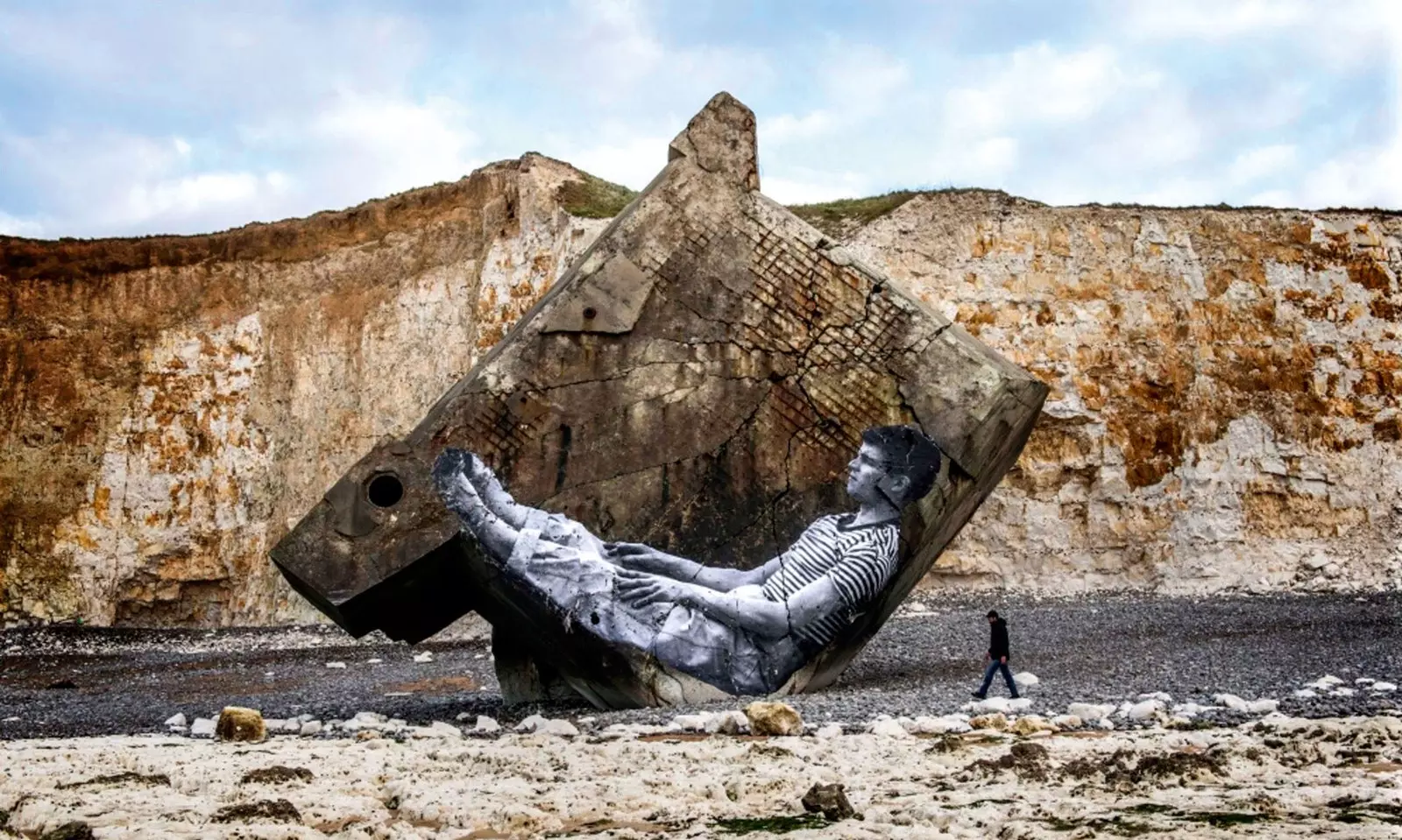
Farewell to the gleaner of stories
she saw the exceptional in the everyday , in the bland, in what we normally overlook. That visual acuity was, in truth, a denunciation weapon.
With Varda We traveled through France, meeting neighbors, workers, stories of everyday life, which she told with her shaky handheld camera and those careless and funny shots. More than once, she forgot to turn off the camera and so she showed us in the final edition of the piece. Nothing was wasted everything was part of that close reality with which she questioned us.
Agnes , as one of the founders of the Nouvelle Vague (let's not forget that your movie La Pointe Courte was prior to à bout de souffle de Godard), taught us everything. Inartificial. In her work, the maximum artifice is reality, however crude it may be.
Not surprisingly, in 1977, she premiered her film ** L'Une chante, l'autre pas (One sings, the other doesn't) **, where she claimed the right of women to decide on her body.
Agnès taught us everything: her hair, the passage of time in the wrinkles of her hands, in the furrows of her eyes... Even in the whimsical shapes of the potatoes that are grown in the French fields. It was all an excuse, an oversight, to spend time over time.
In _Les glaneurs et la glaneuse (The gleaners and the gleaner) _ , she searched, incessantly, for those collectors (of fruits and vegetables, but also of garbage, of objects...) and she ended up becoming 'gleaner' of experiences (that wonderful scene in the documentary where she collects trucks off the road from her car and with her hand in the shape of an O). Sweet, fun scenes that represented so much her way of looking at the world.
Her last adventure made us shed some other tears in the cinema , because that passage of time that she talked about so much, was palpable in her slow steps towards the sea, arm in arm with JR, her companion in the documentary Visages Villages .

Agnès asleep on a train ('Visages Villages')
A van with a camera that prints large-scale photos travels through France. Inside, two generations and four eyes (and a pair of glasses) that tell the stories behind the wrinkles of its inhabitants.
A Agnes Varda and the enigmatic photographer **JR**, always sheltered behind his sunglasses, half a century separated them and, despite the great age difference, both shared a hobby: be people watchers.
Varda, through her tapes; JR with the murals of him. In Visages Villages , a film nominated for Best Documentary at the last edition of the Oscars, joined forces. In Agnès's words, the goal was “photograph the faces so that they do not disappear into the holes of my memory” . Not ours.
For this reason, on her strange roadtrip they searched for the stories of the miners of Bruay-la-Buissiere and photographed Jeanine, the last resident of the mining neighborhood about to be demolished ; they revived the walls of the uninhabited houses of Pirou-Plage with portraits of their neighbors; and filled the containers with Le Havre with photographs of dockworkers' wives.
Because they, the unjustly forgotten faces, are the ones they searched for.
But this also became an introspective journey in which Agnès v returns to places in her history with photography and film : the tomb of Henri Cartier-Bresson (and his wife, Martine) in Montjustin, emulating the Louvre race from the film band to part by Jean-Luc Godard, and gluing a photograph that Agnès took of Guy Bourdin in the bunker on the beach of Saint-Aubin-sur-Mer, in Normandy.
The tide washed away the paper Bourdin the next day, leaving an inky shadow... Luckily, Agnès' sharp camera was always there to immortalize everything.

Agnes and J.R.

A photograph that Agnès took of Guy Bourdin in the bunker on the beach of Saint-Aubin-sur-Mer, in Normandy
